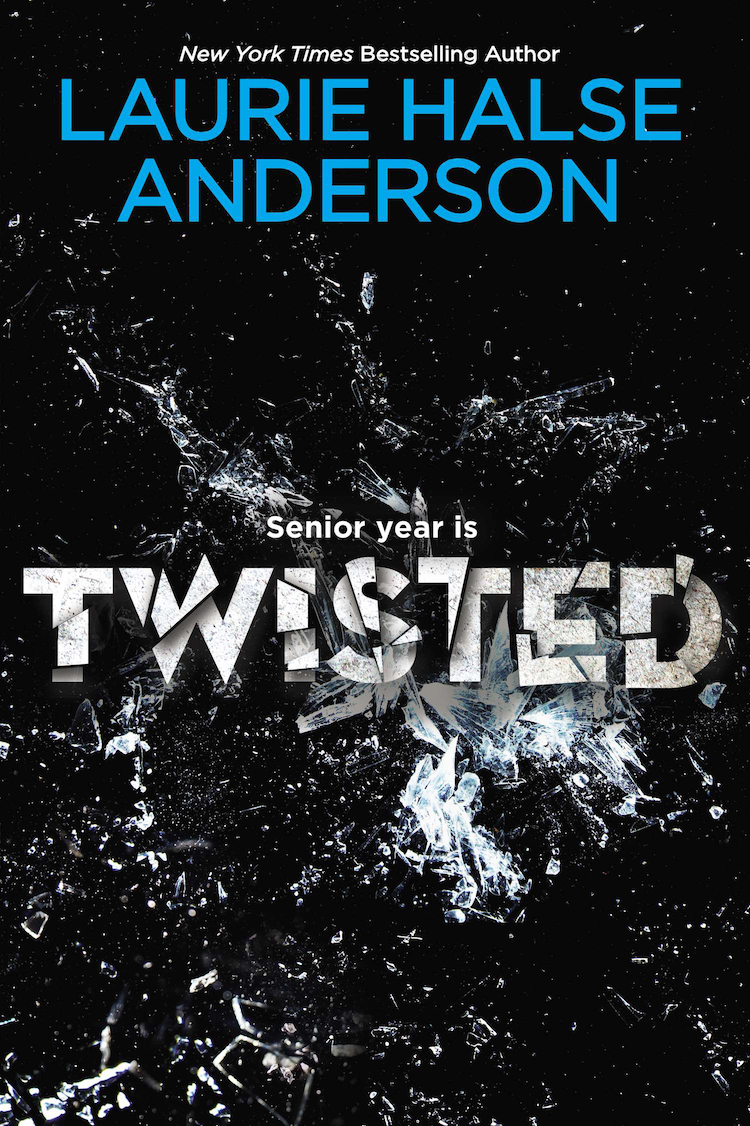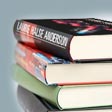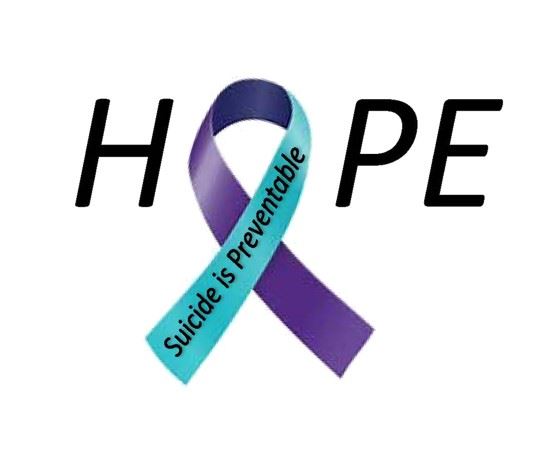Twisted
High school senior Tyler Miller used to be the kind of guy who faded into the background–average student, average looks, average dysfunctional family. But since he got busted for doing graffiti on the school, and spent the summer doing outdoor work to pay for it, he stands out like you wouldn’t believe. His new physique attracts the attention of queen bee Bethany Milbury, who just so happens to be his father’s boss’s daughter, the sister of his biggest enemy–and Tyler’s secret crush. And that sets off a string of events and changes that have Tyler questioning his place in the school, in his family, and in the world.
In Twisted, the acclaimed Laurie Halse Anderson tackles a very controversial subject: what it means to be a man today. Fans and new readers alike will be captured by Tyler’s pitchperfect, funny voice, the surprising narrative arc, and the thoughtful moral dilemmas that are at the heart of all of the author’s award-winning, widely read work.
Read an ExcerptPraise for Twisted
“Once again, Anderson’s taut, confident writing will cause this story to linger long after the book is set down.”
—School Library Journal
“Poignant and gripping.”
—Kirkus Reviews, starred review
“…a chillingly accurate portrayal of the high-school social scene, in which morals, perceptions and conceptions of truth are continually…challenged.”
—Publishers Weekly
Frequently Asked Questions
Many of the teenage guys I met over the years had fascinating things to tell me. While the book is not based on anyone’s story, the themes of a guy’s alienation from his dad, a broken family pretending to be happy, and the despair that leads kids to kill themselves came from what they told me. And I like a challenge. I’d written a bunch of books from a girl’s point-of-view, and I wanted to see if I could get in the head of a boy.
That they are not alone with their darkest thoughts, that most people go through hell, and that it is possible to survive having parents who are clueless jerks. Oh, and that friends are gold.
Aaahhh…twisted? No, that’s too obvious. Dark, funny, dangerous, and honest.
First, some background. I write books for teenagers, yes. I also write historical fiction that is aimed at grades 5-8 (but read by all ages), I wrote a series for tweens about kids volunteering in a vet’s clinic, and I write picture books for little kids. I have lost track of the number of times I have met parents whose children (nine and ten-year-olds) have enjoyed one of my books for younger readers, so they pick up SPEAK or another YA title of mine and ask me to sign it for their child. I always ask the parent to read the book first. They appreciate the heads-up.
And then there are people like the lady who insisted on buying SPEAK for her second-grade daughter because the girl was gifted and reading on a 10th-grade level.
::headdesk headdesk::
For years I have been talking to people in publishing, librarians, teachers, booksellers, and other authors trying to figure out a way to alert book buyers and borrowers about books that are better suited for older readers. The age ranges put on books aren’t very helpful – who decides what is right for 13? For 11? For 16? Ask 100 people and you’ll get 103 answers. This can be a very confusing muddle. (Plot summaries don’t help much either. They present a couple of facts, nothing more.)
I think SPEAK is a book for everyone in 7th grade and older (the main character is 14). TWISTED is aimed at the older end of the age bracket (the main character is 18) – it will have the most meaning for kids in 9th grade and older, though I have already heard from 8th graders who really liked it, and who got a lot out of the main character’s struggles.
Hence, The Note. I figure that anyone who is picking up TWISTED for a person that they still consider a ‘child’ (regardless of age) will probably want to wait a while before handing it over, or should read it themselves, first. Anyone buying the book for a ‘teen’ or ‘post-child person’ won’t have a problem with it. My editor came up with the brilliant idea of making The Note look like an RIAA stamp.






